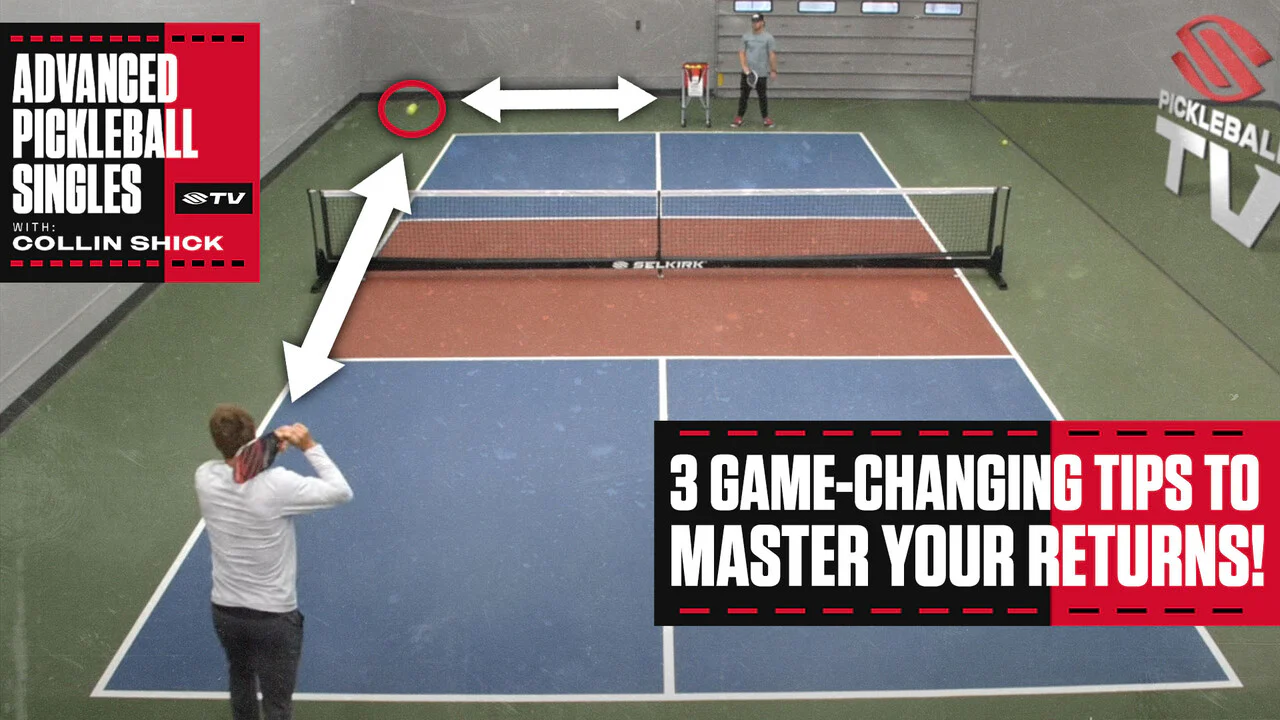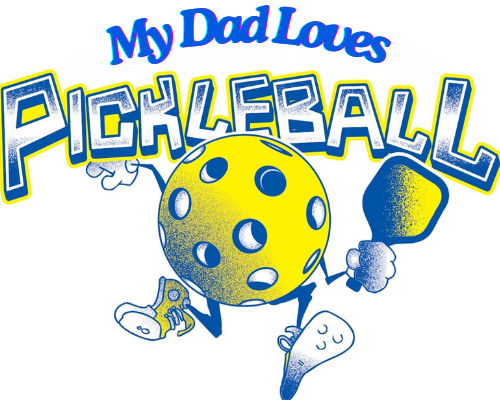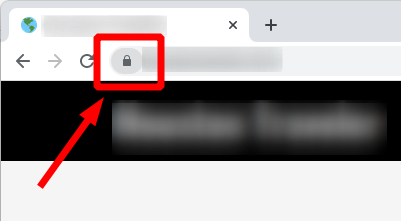
Improving your singles pickleball return of serve — Tips from pro Collin Shick
Tips for a strong return of serve
Singles players can use the return of serve to set up a strong offensive play or as a defensive tactic to cut off the ability for their opponent to hit a strong passing shot.
In either scenario, there are a few key considerations to make when hitting a return of serve.
- Depth. Above all, depth determines how good your return is. You should aim all your returns deep toward the baseline. If you hit a short return, you allow your opponent to gain the net advantage, giving them many angles to end the point.
- Play to the middle. The more angle you put on the ball, the greater the opportunity for your opponent to hit an angled passing shot. If your opponent shows their ability to hit hard-angled passing shots, aim your returns to the middle of the court.
- Return to the weak side. If your opponent shows they have a weaker side of the court, hit it there every time. This will force them to use their weaker shots, making them more uncomfortable with each play.
Practicing your return of serve
Position yourself at the baseline, opposite your drilling partner. Have your drilling partner serve you the ball.
Aim the ball deep to the baseline on the right side of the court. On each serve, practice hitting the ball slightly further to the left until you reach the left sideline. Then, work your way back to the right sideline.
Once you feel comfortable, begin mixing up your return positions randomly. Be sure to hit returns on your forehand and backhand side.
As you hit the return make sure you practice the motion you’ll make after your return of serve in a game. For example, if you prefer charging the net, practice transitioning forward after each hit. If you prefer a more conservative approach of remaining at the baseline, do so. This will help build the muscle memory you need to succeed in competitive matches.
Should you stay back after the return of serve in pickleball singles?
There is no one right answer. In most cases, men’s singles players will hit a return of serve and move toward the net while women’s singles players often stay back toward the baseline.
There are a few factors to consider when determining whether moving toward the net is the right move for you.
- How fast are you? Are you comfortable getting to the net in a few steps or do you require a lot of little steps? Singles is a fast-paced game and if you don’t have footspeed, you might be better off staying back.
- How good is the serve? If the serve is short, it’s easy to take your return and follow it toward the kitchen line because you’ve already covered half the court. However, if it’s a hard, deep serve, you might not have the time you need to get to the net.
- Do you have a big reach? If you have a large wingspan, you will likely be able to cut off a lot of shots at the net. However, if you are shorter, you may get beat by a lot of passing shots at the net.


